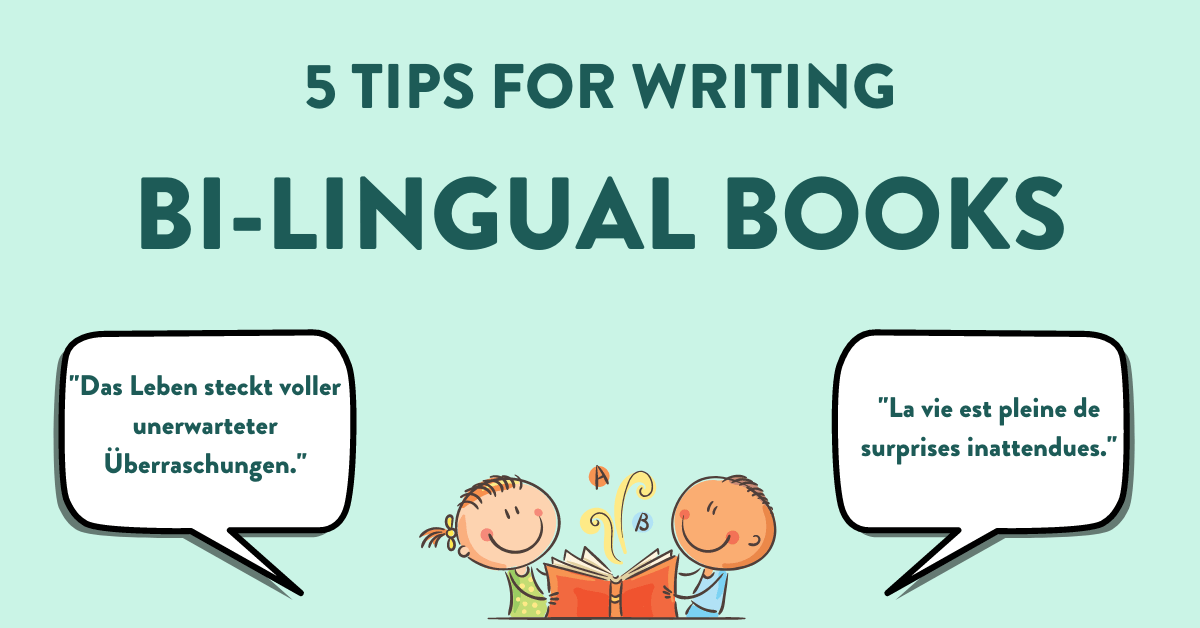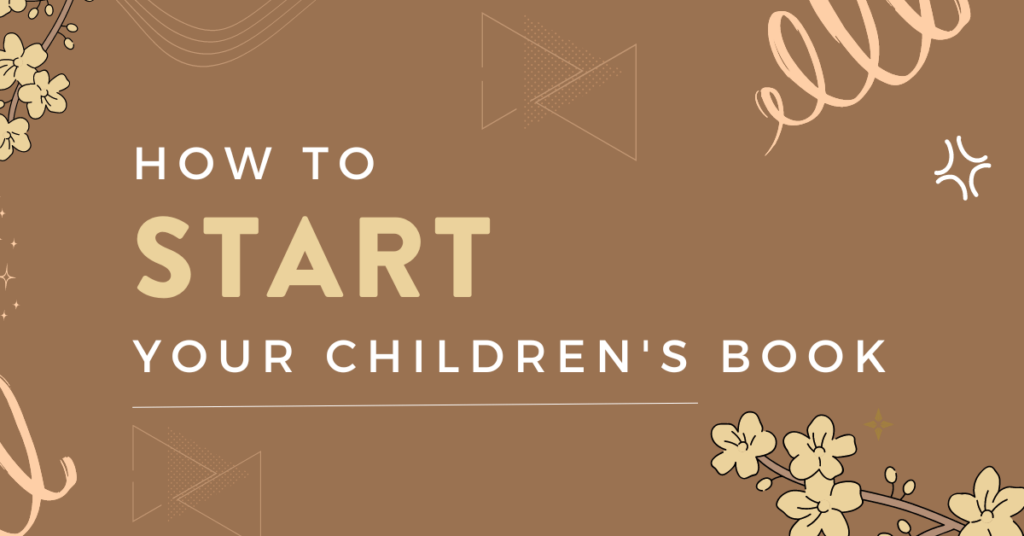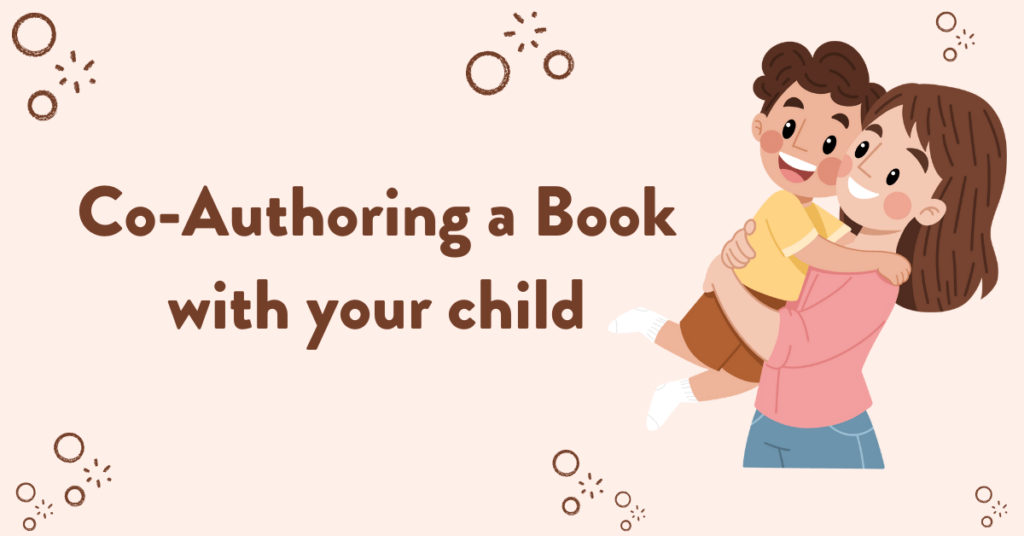
Ah, bilingual books! They’ve been some of the most challenging yet rewarding projects I’ve been fortunate to work on during my career as an editor.
One of my first experiences was with a beautiful story that intertwined Spanish and English. One challenge was ensuring that the translation wasn’t just literal. A simple translation might miss the nuances, humor, or cultural references of the original language. It’s essential to understand the spirit of the text and not just the words.
Also, in some bilingual books, especially the side-by-side format, there’s always the concern of one language overshadowing the other. For example, in one project, the French version flowed so beautifully, with poetic flair, while the English side felt a bit flat in comparison. It took multiple revisions to ensure both languages conveyed the same emotion and rhythm.
Here are my best tips to help you write your bi-lingual children’s book.
1. Determine the Format
Before you begin, you should figure out HOW you’re going to incorporate dual languages in your book.
Determining the format of a bilingual book is crucial, as it dictates how the reader engages with both languages. Here are multiple formats one might consider:
Side-by-Side:
Text in one language is displayed on the left page, and its translation is on the right (or vice versa). This format helps the reader easily compare and reference both languages.
In this version of a bi-lingual book, every single word in the book is in both languages — speakers of either language could read the book, and learn a little about the other language.
This is the type of format when the purpose is primarily educational. The goal is for readers to say the words out loud and to make the connection between one language and the other.

Piecemeal Language
This is where the book is predominantly in a single language, but then a few vocabulary words are sprinkled into the book for the sake of authenticity.
Take a look at this example, from “My Papi Has a Motorcycle” by Isabel Quintero. This is a book that’s in English, but the author has sprinkled in Spanish phrases throughout, mostly in dialogue bubbles.
Notice that the book immediately translates the Spanish into English.
This format gives cultural authenticity and to bolster the credibility of the narrative, and teaches a few little phrases to the reader.

Glossary Style:
The story is written in one language with key terms or phrases in the second language. The translations or explanations of these terms are provided in footnotes or an end glossary.
This is very similar to the Piecemeal Language one, but instead of giving the translation right away, they give it in a footnote or glossary at the end of the book.
This is a good idea if you’re trying to get kids to remember what the word means, or to figure out the meaning from the context alone.
2. Determine the Purpose
Why are you writing a bi-lingual book?
- To teach kids a second language?
- To bring awareness of people who speak two languages?
- To immerse the reader in a new culture?
- For artistic or entertainment purposes?
One you decide on the goal for this book, then you can get more specific about how the book will look. Here are some ideas for how to structure your book, depending on your goal.
- To Teach Kids a Second Language:
- Structured Learning: The content should follow a structured progression, introducing basic vocabulary and grammar before moving on to more complex concepts. Repetition and reinforcement are key to helping kids internalize new words and structures.
- Interactive Elements: Incorporate activities, quizzes, and challenges to keep kids engaged and test their understanding. For digital formats, audio pronunciation guides and interactive quizzes can be invaluable.
- Visual Aids: Vibrant illustrations can help kids connect new words to their meanings. Picture dictionaries or illustrated vocabulary lists can be particularly helpful.
- Cultural Context: Introduce cultural elements that are tied to the language. For instance, if teaching Spanish, a story could revolve around a traditional fiesta, introducing not only vocabulary but cultural context.
- Relevance: Content should resonate with kids’ daily lives, making the learning process more relatable and memorable.
- To Bring Awareness of People Who Speak Two Languages:
- Bicultural Characters: Introduce characters who navigate between two languages in their daily lives, showing the richness and challenges of a bilingual experience.
- Real-Life Scenarios: Showcase situations where speaking two languages is beneficial, like communicating with grandparents, traveling, or attending a bilingual school.
- Highlight Advantages: Address the cognitive, social, and economic benefits of being bilingual.
- Address Stereotypes: Tackle misconceptions and biases head-on, presenting bilingualism as an asset rather than a limitation.
- Community Inclusion: Emphasize the inclusivity of understanding and speaking two languages, fostering a sense of community among bilingual readers.
- To Immerse the Reader in a New Culture:
- Authentic Settings: The story should transport readers to locations typical of the culture, allowing them to “experience” places they might not be familiar with.
- Cultural Traditions: Integrate festivals, customs, traditions, and daily rituals that give insights into the culture.
- Culinary Delights: Introduce readers to traditional foods and beverages, perhaps even including recipes or descriptions that tantalize the senses.
- Moral Lessons: Many cultures have unique folktales or stories that impart moral lessons. These can be a great vehicle for cultural immersion.
- Cultural Challenges: Address any cultural misunderstandings or conflicts that arise from differences, showing how characters navigate and resolve them.
- For Artistic or Entertainment Purposes:
- Linguistic Play: Experiment with wordplay, puns, and idioms in both languages, celebrating the quirks and intricacies of each.
- Innovative Storylines: Use the dual-language format to tell parallel stories or offer different perspectives on the same event.
- Artistic Presentation: This could involve unique typography, contrasting color schemes for each language, or artwork that mirrors the blending of two cultures.
- Genre Exploration: Dive into genres that might be popular in one culture but less so in another, offering readers a fresh narrative experience.
- Musical Integration: Some bilingual books incorporate songs or rhymes from both languages, adding an auditory dimension to the reading experience.
Understanding the goal will help tailor the book to its intended audience, maximizing its impact and effectiveness.
3. Common Mistakes by Bi-Lingual Writers
Writing for children is a unique craft. When you add the challenge of bilingual storytelling, it demands even more sensitivity, authenticity, and attention to detail.
While the bilingual book market grows steadily, some common pitfalls can turn a well-intentioned story into a missed opportunity. Here’s a deep dive into some key mistakes bilingual children’s book authors should sidestep.
1. Literal Translations Without Nuance
The Problem: Simply translating a sentence word-for-word can strip the essence of its original meaning. Languages aren’t just about words; they carry the weight of cultures, histories, and emotions.
The Solution: Invest in a good translator or bilingual collaborator who understands the intricacies of both languages. Ensure they don’t just translate the words but the spirit and emotions behind them.
2. Ignoring Cultural Sensitivity
The Problem: Neglecting cultural elements or, worse, misrepresenting them can alienate readers and perpetuate harmful stereotypes.
The Solution: Do your research. Immerse yourself in both cultures you’re writing about. If possible, consult with native speakers or people from the culture to vet your content.
3. Overcomplicating the Language
The Problem: Using too many complex words or structures can make the book challenging for children to grasp, especially if they’re just being introduced to the language.
The Solution: Simplify without dumbing it down. Aim for clarity and make it engaging. Remember, your audience is young, curious minds.
4. Overloading with Cultural Information
The Problem: While it’s essential to weave in cultural elements, overdoing it can overwhelm the young reader and divert from the story’s core.
The Solution: Strike a balance. Introduce cultural aspects naturally and organically within the story, avoiding information dumps.
5. Neglecting One Language Over the Other
The Problem: It’s not just about having both languages present; it’s about giving them equal importance.
The Solution: Ensure the story flows seamlessly in both languages. Both should feel natural, neither shoehorned nor overshadowed.
6. Inconsistent Illustrations
The Problem: Visuals that don’t sync with the bilingual narrative can confuse readers.
The Solution: Work closely with illustrators to ensure the imagery aligns with the story in both languages. Cultural details in illustrations should be accurate and consistent.
It’s crucial to approach your bi-lingual book with thorough research, genuine respect, and a deep love for storytelling. By avoiding these pitfalls, you’ll be well on your way to crafting stories that young readers will treasure in any language.
4. Examples of Bi-Lingual Books
Choosing the topic of your bi-lingual book can be difficult, but here are some suggestions of how some other popular bi-lingual books did it. It’s a wonderful idea to use poetry, personal experience, and everyday life as your subject matter.
1. “My Diary from Here to There” (Mi diario de aquí hasta allá) by Amada Irma Pérez
- Lesson: Personal narratives create strong emotional connections. By integrating real-life experiences with bilingual text, writers can foster deeper understanding and empathy across cultural and linguistic divides.
2. “Gathering the Sun” (Arrorró, mi niño) by Alma Flor Ada
- Lesson: Poetry and songs are powerful tools for linguistic immersion. The rhythmic and melodic qualities of verse can make new languages more accessible and memorable.
3. “I Love Saturdays y domingos” by Alma Flor Ada
- Lesson: Everyday life provides relatable bilingual contexts. By exploring routine activities or family dynamics in a bilingual setting, writers can make dual-language narratives both educational and relatable.
4. “Laughing Out Loud, I Fly” (A carcajadas, yo vuelo) by Juan Felipe Herrera
- Lesson: Experiment with format and presentation. This collection of poems showcases diverse styles and structures, highlighting the versatility of bilingual writing.
5. “Round Is a Tortilla: A Book of Shapes” (Redondo es una tortilla: Un libro de formas) by Roseanne Greenfield Thong
- Lesson: Start early with kids age 0 – 2. Board books are fantastic at teaching new languages while also teaching shapes.
6. “Mango, Abuela, and Me” (Mango, Abuela, y yo) by Meg Medina
- Lesson: Highlight the generational aspects of bilingualism. Stories that explore the connections between grandparents and grandchildren can illustrate the historical and familial dimensions of language.
7. “René Has Two Last Names” (René tiene dos apellidos) by René Colato Laínez
- Lesson: Use personal experiences for authenticity. By drawing from personal challenges and triumphs, writers can craft bilingual stories that ring true and resonate deeply with readers.
Each of these books, in its own way, underscores the vast potential of bilingual literature. They provide valuable insights for writers aspiring to bridge cultures and languages in their work.
5. FAQ
1. How do I choose the two languages for my book?
- Consider your target audience, your own linguistic strengths, and the market demand. It’s beneficial if one of the languages is one you’re fluent in or passionate about. Collaboration with native speakers is essential for authenticity.
2. Do I need to be fluent in both languages?
- While it’s an advantage, it’s not mandatory. Many authors partner with translators or bilingual educators to ensure the text is accurate and culturally sensitive.
3. How do I balance the story between the two languages?
- Ensure that both versions convey the same emotional weight and message. The story should flow naturally in both languages without one overshadowing the other.
4. Should the illustrations be different for each language?
- Typically, illustrations remain consistent, as they support the story’s universal themes. However, language-specific cultural nuances can be highlighted subtly within the artwork if desired.
5. How do I handle the book’s layout?
- This largely depends on the format you choose (side-by-side, alternating pages, etc.). Consult with a designer familiar with bilingual books to ensure readability and a balanced presentation.
6. Do bilingual books have a niche market?
- While bilingual books cater to bilingual families and educators, their appeal is growing as more parents and educators recognize the cognitive and cultural benefits of early language exposure.
7. How do I market my bilingual picture book?
- Target bilingual schools, language learning centers, multicultural festivals, and communities that predominantly speak the languages featured in your book. Social media and bilingual influencers can also be powerful tools.
###
Discover the Perfect Home for Your Bilingual Masterpiece with Bookfox Press!
Attention bilingual authors! Your unique voice deserves a publisher that truly understands the beauty of blending languages and cultures in literature. At Bookfox Press, we’re not just about publishing books; we’re about celebrating stories that bridge worlds.
Why choose us?
- Experience: Our seasoned editorial and illustration team has a proven track record with bilingual literature. We know the nuances, the challenges, and the potential of such works.
- Diverse Audience: With a global distribution network, your story will reach readers in multiple countries, resonating with both the languages you’ve penned it in.
- Collaborative Approach: Your voice matters to us. From editing to cover design, you’ll be involved every step of the way.
Join the Bookfox Press family and let’s make your bilingual book not just published, but celebrated and cherished worldwide. 🌟



